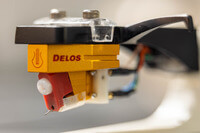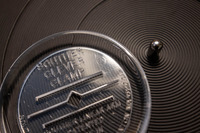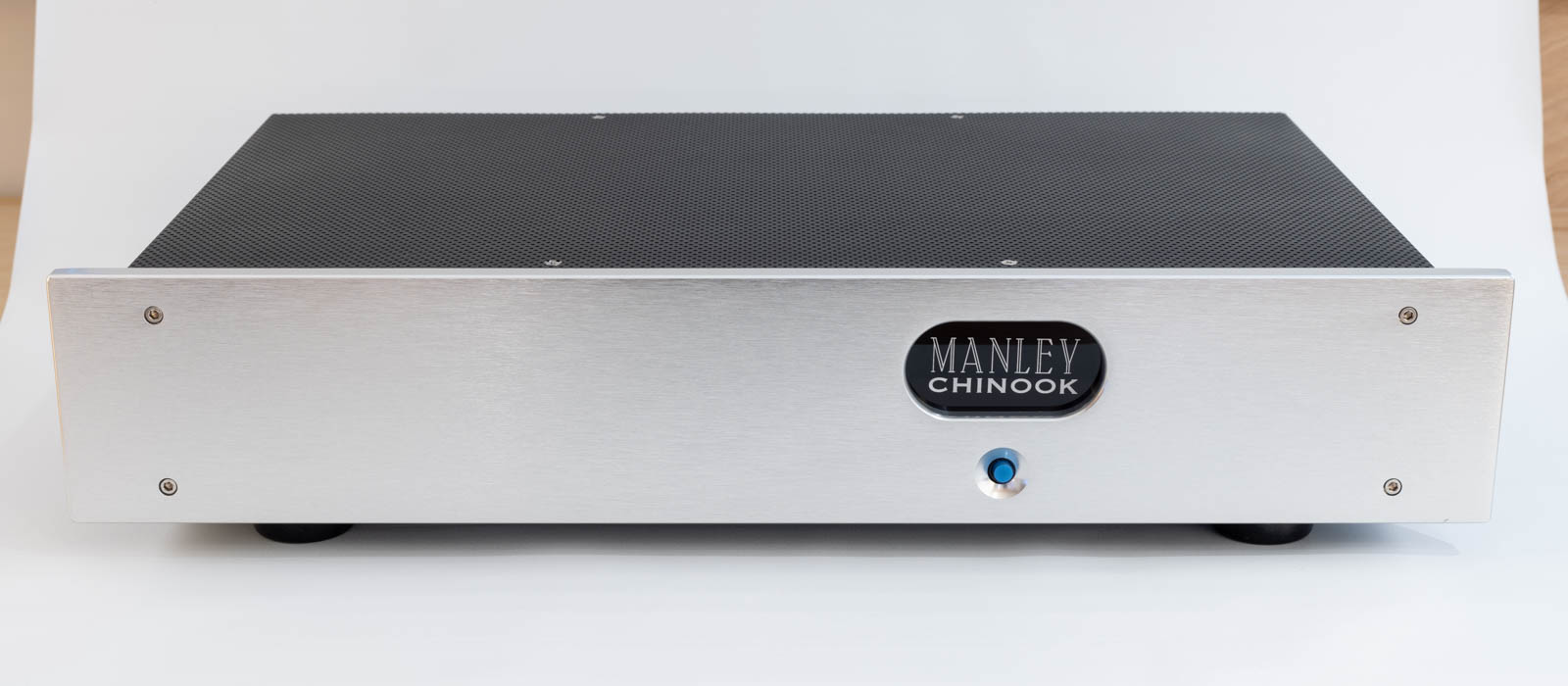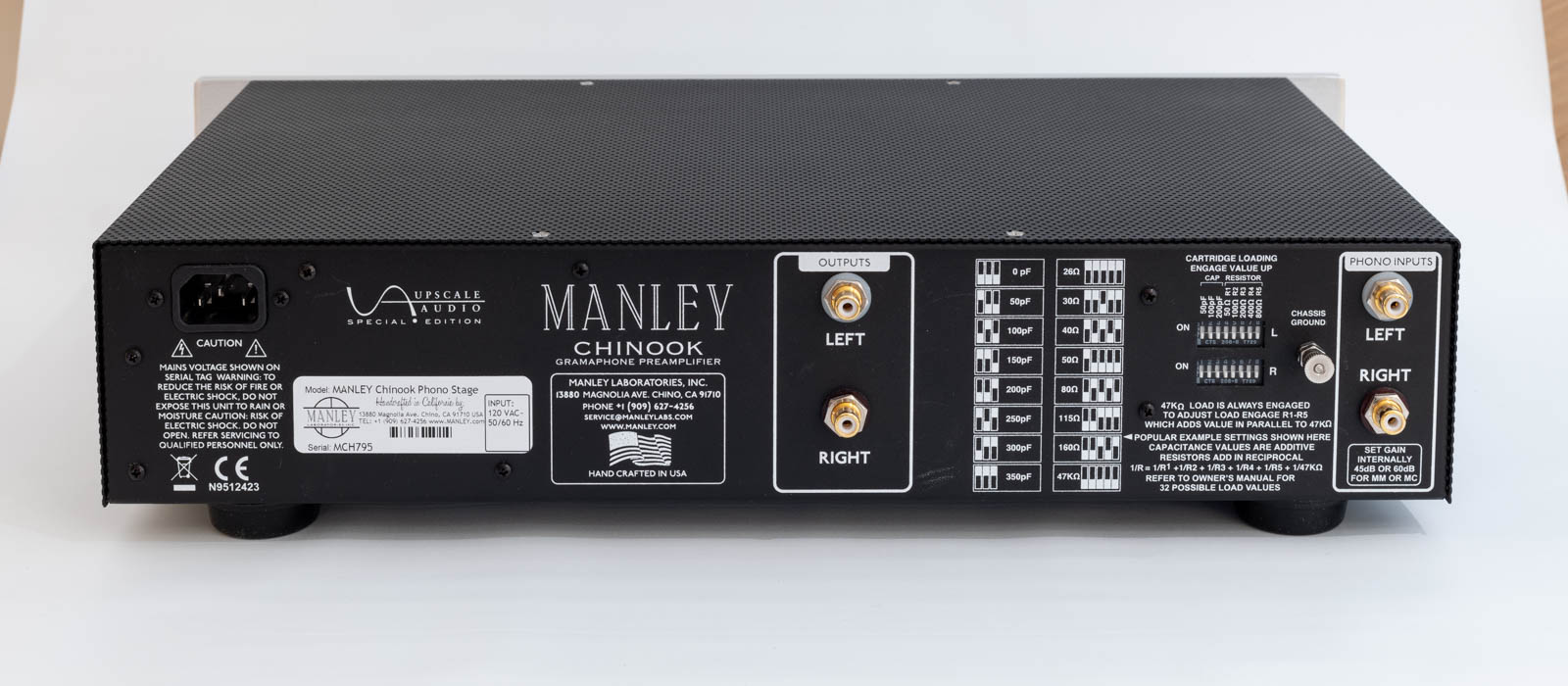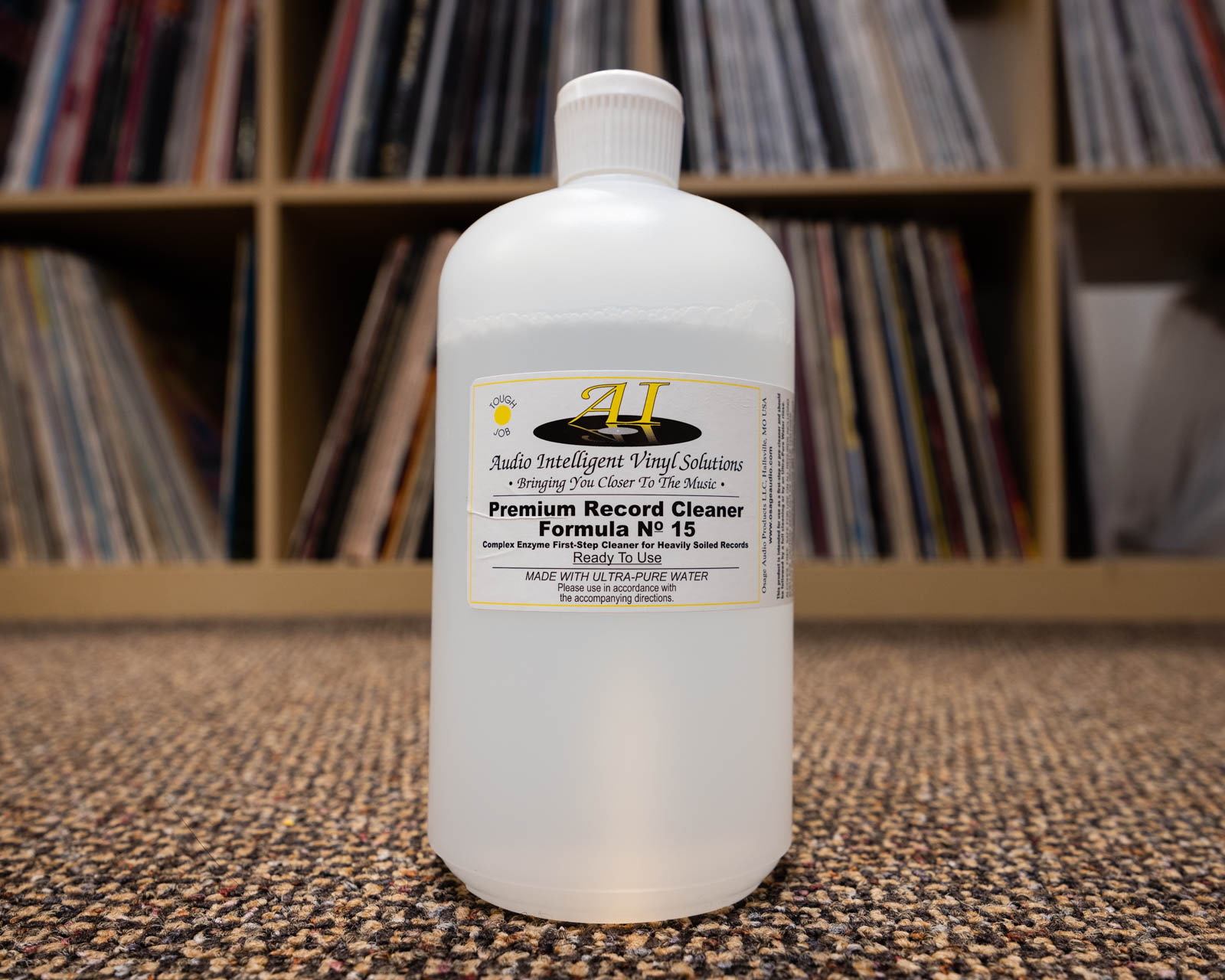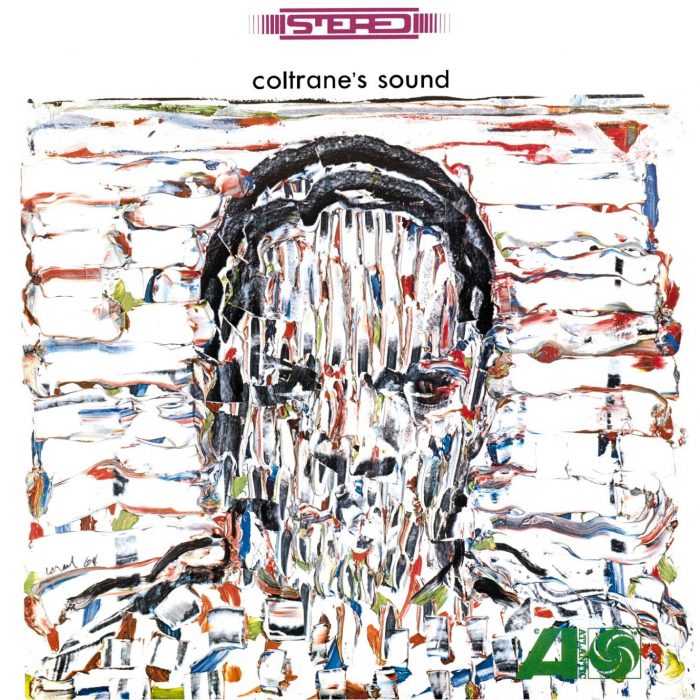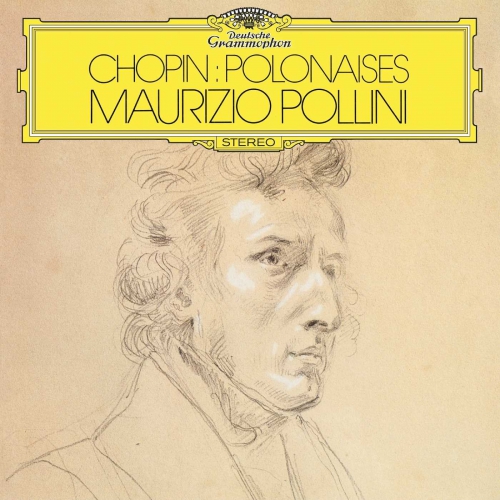Price
$1,995.00. Available from various online retailers or via your local dealer.
Description
Entry-level model from esteemed cartridge maker, Lyra. Designed by Jonathan Carr and hand-built in Japan.
Specifications (from manufacturer)
Type: Medium weight, medium compliance, low-impedance moving coil cartridge
Stylus: Namiki microridge line-contact nude diamond stylus (2.5um x 75um), surface-mounted
Cantilever system: Solid boron rod with short one-point wire suspension, directly mounted into cartridge body
Body: Anodized aluminum
Coils: 3-layer deep, 6N high-purity copper, square-shaped permalloy former, 6.3ohm self-impedance, 9.5uH inductance
Output voltage: 0.6mV@5cm/sec., zero to peak, 45 degrees (CBS test record, other test records may alter results)
Frequency range: 10Hz ~ 50kHz
Channel separation: Greater than 30dB at 1kHz
Compliance: Approx. 12 x 10cm/dyne at 100Hz
Cartridge mounting screws: 2.6mm 0.45 pitch JIS standard
Distance from mounting holes to stylus tip: 9.5mm
Cartridge weight (without stylus cover): 7.3g
Tracking force: 1.65g – 1.75g (1.72g recommended)
Recommended load directly into MC phono input: 97.6ohm ~ 806ohm (detailed guidelines in instruction manual, finalize by listening)
Recommended load via step-up transformer: Use a step-up transformer designed for 5 – 10 ohms cartridge impedance (step-up transformer’s output must be connected to 10kohm ~ 47kohm MM-level RIAA input, preferably via short, low-capacitance cable)
Recommended tonearms: Medium to Medium-High mass arms recommended, which is bulk of tonearm market
Setup
Cartridge was mounted on a vintage Technics EPA-100 tonearm with Technics SH-100 detachable head shell, using the recommended tracking force of 1.72g and a SRA of approximately 92 degrees. An AudioQuest Wildcat tonearm cable was used and connected to a Manley Chinook tube phono preamp, which was set to 50 db of gain and loaded at 265 Ohms.
Sound
Breathtaking. Extremely revealing and transparent sounding. No overhang. Sounds start and stop on a dime. Virtually no distortion — inner groove or otherwise. Can be somewhat dry and analytical, depending on the material being played. Treble extension and finesse is outstanding. Mids and voices are spooky good. Bass is nimble, tuneful, and highly controlled. Might be thin with leaner setups.
Compared to my retipped Denon DL-103 with similar microridge line-contact stylus, the Delos is more precise and images better. The Denon is looser and more romanticized. Both are really fun and neither is going anywhere. At a third of the price, the retipped Denon is the value winner. However, if you want to hear what is truly on a the record, the Delos is the cartridge to reach for.
